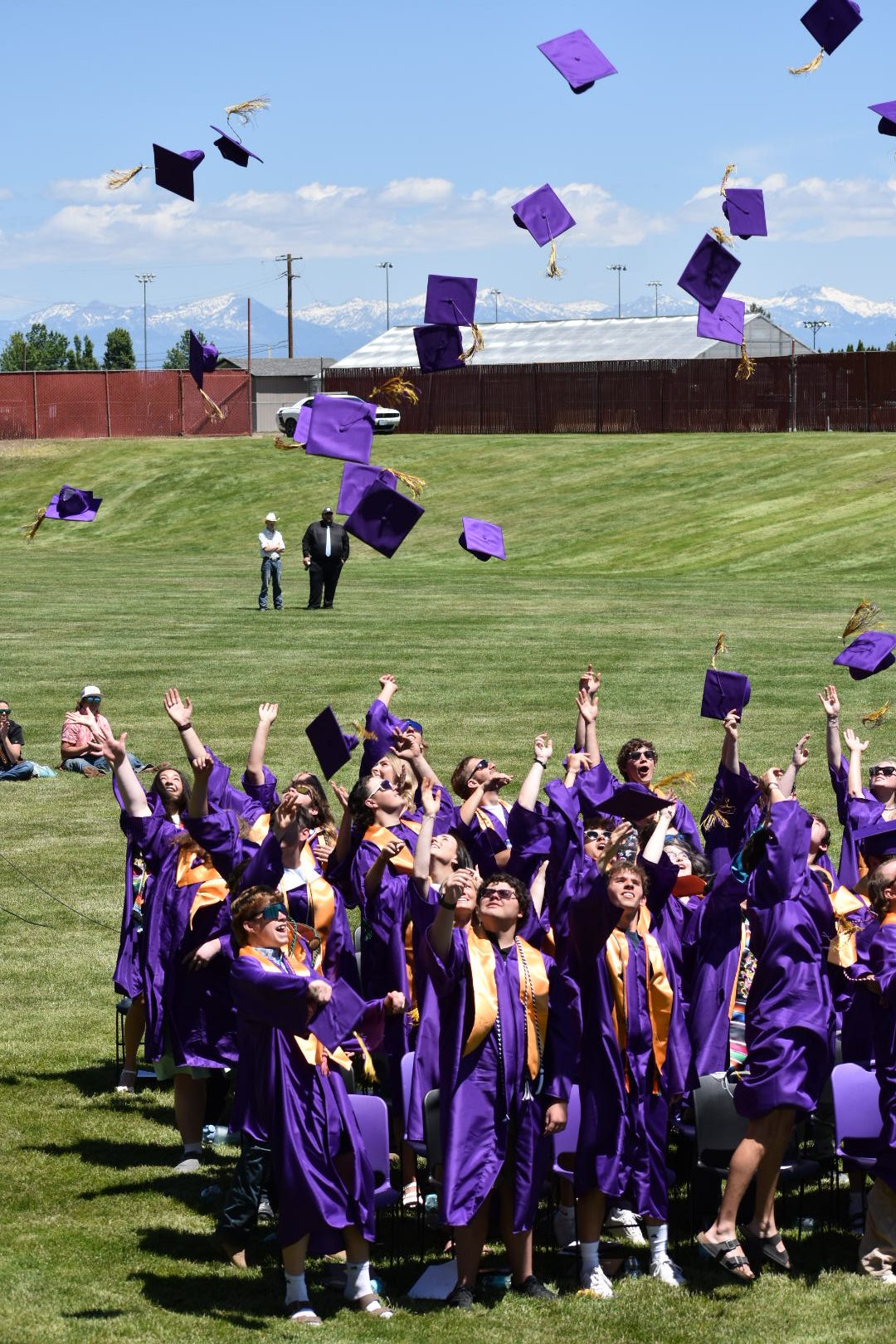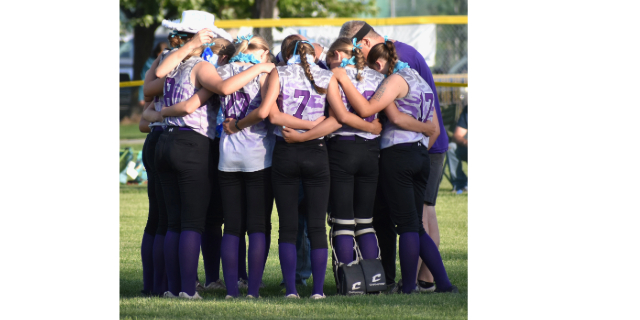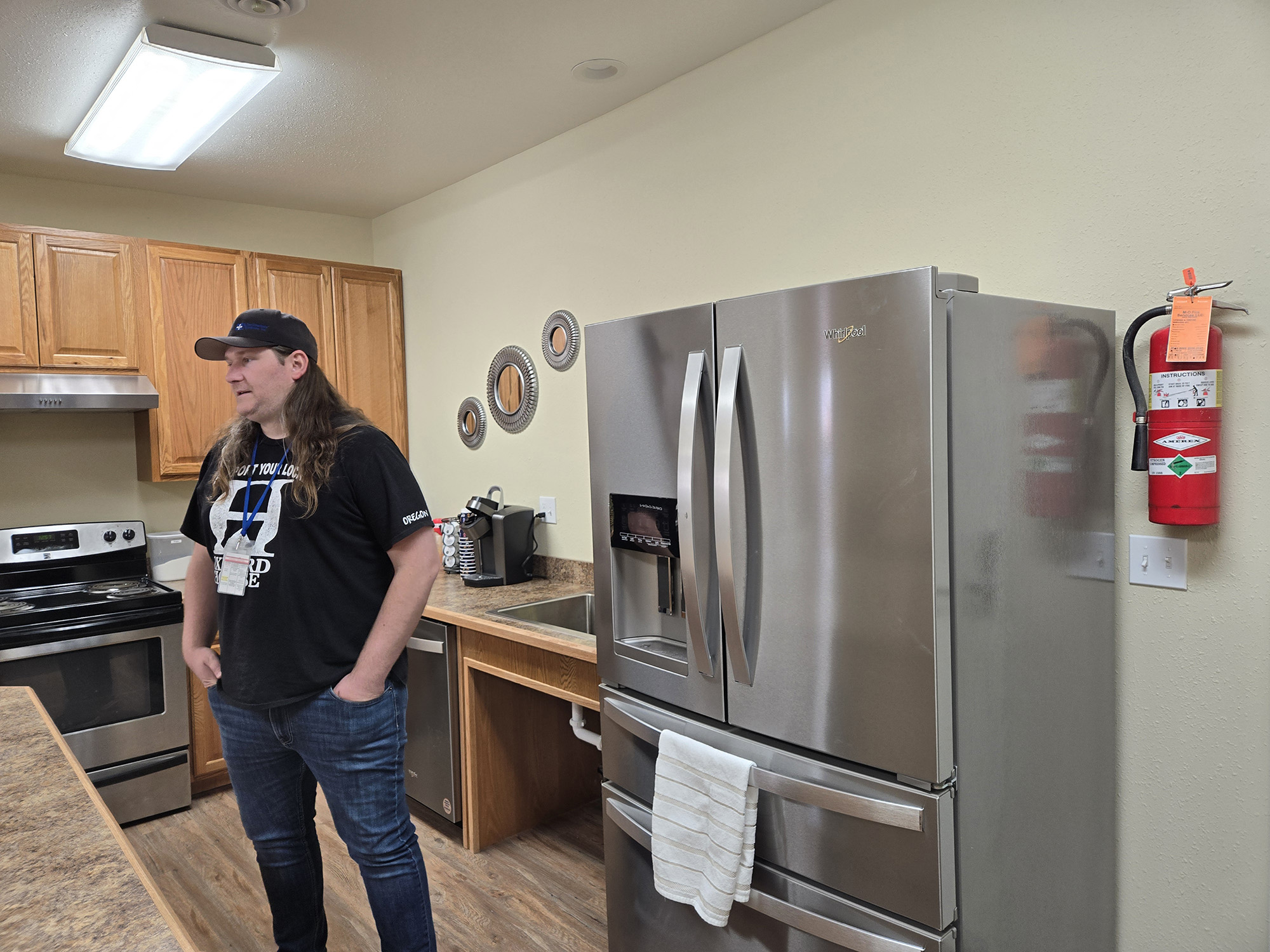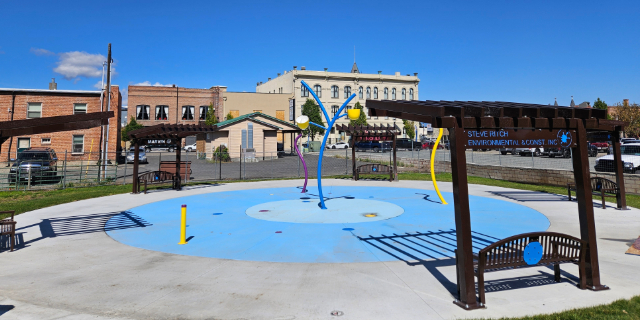A submarine saved a president
Published 12:00 am Wednesday, November 12, 2003
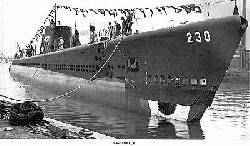
- This is the USS Finback, the submarine on which Pinky "Paul" Hood served during five of his seven combat patrols in the South Pacific. The sub rescued aviator George H.W. Bush, the future president and father of the current president. ().
By JAYSON JACOBY
Of the Baker City Herald
Paul andquot;Pinkyandquot; Hood slides the tip of one gnarled finger across a series of sepia-toned photos, tracing in their fading hues a timeline of war.
This is a story of sacrifice, as well, the legacy of 3,617 men taken by the unforgiving sea.
And it is a tale of bravery, epitomized by the rescue of a man who would become president, and whose son would do the same.
Each scene that passes beneath Hood’s roaming fingertip seems an artifact, a black-and-white relic of dim, distant days.
Men in uniform stand shoulder to shoulder, frozen forever with smiles on their faces and bottles of beer clutched in their hands.
Massive war vessels ply open waters, their size imposing even against the backdrop of a city’s stone-and-glass skyline.
The sliding finger stops abruptly.
Hood lifts the nail a few inches and then taps it against the transparent protective plastic of the photo album page.
The colliding finger makes a triumphant little thud.
This is the picture.
This is the boat.
It is the USS Finback, the diesel-powered submarine that for 3 years during World War II slipped silently through the dark deep waters of the South Pacific with 80 sailors Hood among them on most days crammed inside the claustrophobia-inducing confines of the vessel’s steel tube.
This is the submarine that sank more than a dozen Japanese ships.
It is the submarine that saved the lives of even more Navy pilots and crewmen who parachuted into the Pacific after their planes were shredded by Japanese bullets or shells.
And in its most famous feat, it was the submarine that, on Sept. 2, 1944, changed American political history.
Only thing is, Hood wasn’t on board the boat that day.
(andquot;Boatandquot; might seem like a diminutive, even derisive, word to describe a 3-million-pound instrument of war, but it’s not in the parlance of sailors, submarines are always boats, never ships.)
Hood had enlisted in the Navy in 1942, a day after he graduated from high school in Minneola, Kan. By September 1944, Hood, a radio operator, had finished five submarine patrols two aboard the USS Halibut, then three on the Finback.
Five patrols entitled Hood to 30 days’ home leave.
So he was back home in Kansas on that September day, when a 20-year-old pilot named George Herbert Walker Bush clambered from his rubber survival raft onto the undulating deck of the Finback.
Nor was Hood present 44 years later in Washington, D.C., when Bush was inaugurated.
Hood, who moved to Baker City that same year, 1989, did not receive an invitation.
Bush apparently invited only the sailors who were aboard the Finback the day he was rescued.
But Hood, who like Bush is now 79, holds no grudge against the former president heck, Hood said he probably would have voted for Bush in 1988, except he didn’t cast a ballot that year.
Hood respects his elders, too Bush is a full four days older.
andquot;It didn’t bother me a bit,andquot; Hood says while he sits at his kitchen table, a trio of photo albums strewn across its cloth-covered surface along with the hat and vest he received as a life member of the U.S. Submarine Veterans of World War II.
Those inauguration invitations, he emphasizes, were not accompanied by airline tickets or hotel reservations.
Hood figures he’d have had to shell out a couple thousand dollars had he wanted to attend the event.
And the funny thing is, although what happened on the Finback’s deck back in 1944 had acquired the status of legend by 1989, Hood said the sailors who helped save Bush considered the event rather routine.
Of course, no one aboard the Finback that day knew the young pilot would be elected the nation’s 41st president, or that his son, not yet born or even conceived, would become the 43rd.
And besides, Hood said, Bush was hardly the only andquot;zoomieandquot; the Finback’s crew plucked from the Pacific.
andquot;We called ’em airedales or zoomies,andquot; Hood said. andquot;(Bush) was just another one who got shot down, and we had to pick him up.andquot;
During certain patrols, rescuing downed flyers was one of the Finback’s chief duties, he said.
andquot;A lot of them would get shot up, but they knew if they had to bail out a sub would be there to pick them up,andquot; Hood said.
But the rescue tactic did not start immediately after America declared war, he said.
At first, airmen who managed to escape their doomed planes often drowned, were killed by sharks, or were taken prisoner by the Japanese.
Many of the latter died in captivity.
andquot;Before (the Navy started employing submarines as rescue vessels) it was just, ‘God, we’re going down, that’s it,’ andquot; Hood said.
He said his friend, Lt. Bill Edwards, helped ensure Bush’s rescue became historical fact by filming part of the event with an 8 mm movie camera he had taken aboard the Finback in defiance of Navy regulations.
Yet Hood said that when he rejoined the Finback’s crew in the fall of 1944, none of his fellow sailors seemed to think Bush’s rescue was in any way unusual.
They had hauled aboard four other pilots during the same patrol.
andquot;That was a job they assigned to you, and you did it,andquot; Hood said. andquot;It was no big deal.andquot;
A bigger deal was combat.
Hood said he remembers more vividly than the rescues those frightening moments when concussions from depth charges rumbled against the Finback’s hull, and the submariners knew they were being hunted.
The submarine sank several ships while Hood was on board, and every time he knew a Japanese surface ship or airplane would try to retaliate.
Even surfacing obviously a necessary part of any rescue was potentially fatal.
andquot;When we left port I’d give myself a 50-50 chance that we’d win or they’d win,andquot; Hood said. andquot;My luck held out for seven patrols. But they were seven rough patrols.andquot;
Still, Hood preferred the dark world beneath the waves to bouncing through them on the surface.
When he joined the Navy he wanted to become either a submariner or a pilot.
Five weeks later he was at Pearl Harbor, seeing a submarine for the first time.
Soon after, without having attended submarine school, Hood embarked on his first patrol.
With the debris from the Pearl Harbor attack still scattered about, U.S. naval leaders were rushing to put as many vessels to sea as possible in their bid to drive the Japanese fleet from the Pacific.
andquot;They were wanting bodies pretty bad about that time,andquot; Hood said.
After two patrols on the Halibut, he passed the submarine qualifying exam.
andquot;I had to know and diagram every pipe, valve and gauge on the boat,andquot; Hood said. andquot;I was qualified for any job on any sub.andquot;
It was the most important test he ever took.
Hood said that had he failed to qualify, he would have bee assigned immediately to a surface ship.
Surface ships can’t dive to safety.
Nor did the Navy lavish on those crews the luxuries afforded submariners.
andquot;The biggest advantage was (submarine crews) got a lot of stuff the rest of the fleet didn’t,andquot; Hood said. andquot;Better food, better pay, and R and R.andquot;
That last rest and relaxation was perhaps the submariners’ most coveted benefit, he said.
After each patrol, crews received two weeks of what amounted, in military terms, to freedom.
andquot;Only submariners and pilots got that,andquot; Hood said. andquot;We could go to any beer garden we wanted.andquot;
Hood was still a member of the Finback’s crew in August 1945, when President Harry Truman ordered American bombers to drop atomic bombs on the Japanese cities of Hiroshima and Nagasaki.
Hood said he was relieved when the Japanese surrendered.
He thought the A-bomb attacks might have saved his life.
Later he was sure they did.
Hood said that a few months after the war ended he learned what the Finback’s mission would have been had American forces invaded Japan in an amphibious assault similar to the June 6, 1944, D-Day landings at Normandy, France.
Hood said the Finback, along with two other submarines, was picked to lead the American fleet onto Japanese shores.
andquot;I don’t see how we could have come out of that,andquot; he said.
And then Hood shakes his head, perhaps pondering the 58 years of life he might never have had, of the woman, LaFaun, he would not have married, and of the children and grandchildren he never would have cuddled.
andquot;No matter what anyone says, the atomic bomb stopped the war,andquot; he said. andquot;And I’m thankful, because I don’t think that I’d be here today.andquot;


